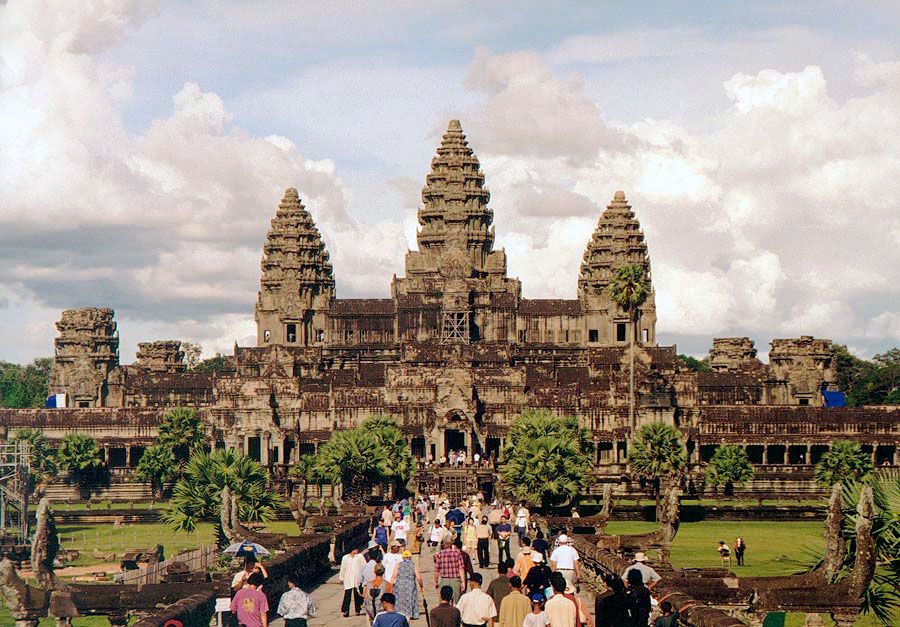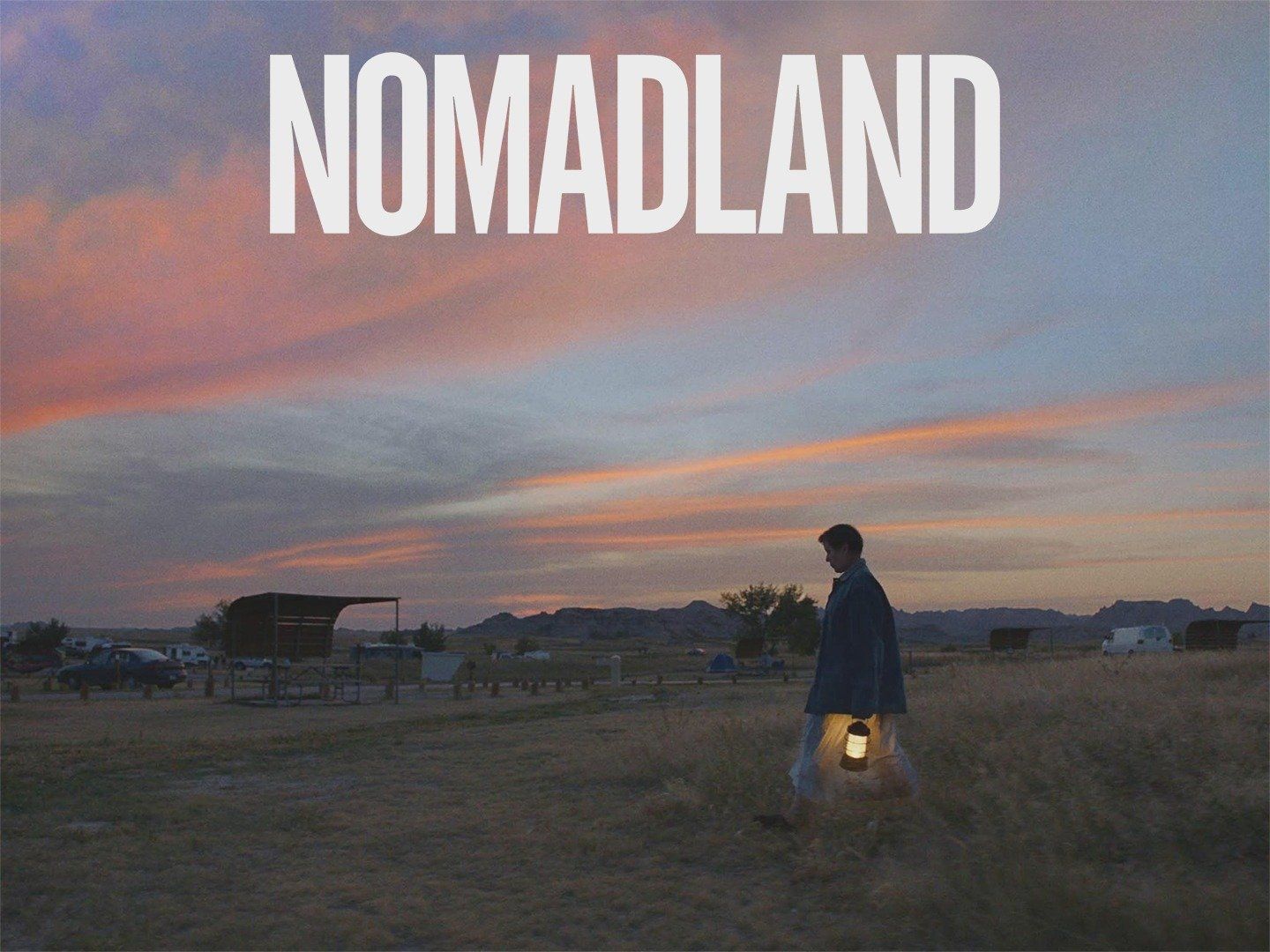We’re going to radically transform our cities — or abandon them

Whether you live on the 25th floor of a Manhattan high rise or 20 miles from your nearest neighbor in the Wyoming wilderness, chances are you’ve got a pretty clear idea of what a city is. But the cities of the past didn’t always look, feel, or function anything like the cities of the present — and there’s no guarantee the cities of the future will be recognizable, either. In fact, given the challenges facing cities around the world, many urban centers will probably undergo radical transformation or be abandoned later this century.
That, at least, is one takeaway from two excellent new books on cities and their urban residents: Four Lost Cities: A Secret History of the Urban Age by journalist and science fiction author Annalee Newitz, and Cities of Light: A Collection of Solar Futures, an anthology of short stories, essays, and artwork published by Arizona State University’s Center for Science and the Imagination. While Four Lost Cities peers deep into the history of cities and Cities of Light imagines their future, the two share a common message: Cities, like biological organisms, are in a constant state of evolution, reinventing themselves, growing in new directions, or dying out in response to both societal shifts and climate change.
Cities of Light brings together science fiction authors, visual artists, and experts in fields from political science to mechanical engineering to imagine what a solar powered future could look like for four very different U.S. cities: Chicago, Illinois; Portland, Oregon; San Juan, Puerto Rico; and San Antonio, Texas. While it’s easy to envision the clean energy-powered cities of the future looking pretty similar to those of the present but with more rooftop solar panels, offshore wind turbines, and electric vehicle charging stations, Cities of Light digs deep into the “irreducible complexities of transitioning our cities away from carbon intensive fossil fuels” as the anthology’s introduction puts it. This approach helps readers to vividly imagine how the lives of urban residents might be restructured in order to live off the Sun.
For instance, in “Efficiency,” science fiction writer Paolo Bacigalupi envisions a future where self-driving, artificial intelligence-optimized zip buses have transformed the streets of Chicago’s South Side, replacing private vehicles, eliminating traffic, and allowing people to reclaim the streets for solar panels and vegetable gardens. The residents of La Estrella, a San Antonio neighborhood that’s the focus of “The Scent of the Freetails” by author Deji Bryce Olukotun, have covered every usable surface with sunlight-harvesting materials in order to meet all of their daytime power needs. But when the Sun goes down, the community goes dark, with nothing but fiber-optic cables lighting up the neighborhood walkways. Tourists flock from all over to stargaze and see the millions of Mexican freetail bats that have taken up residence in this Dark Sky sanctuary.
To an early 21st century reader living in a society where wealth is measured in terms of cars, McMansions, and access to boundless energy, these cities and the lives of their residents might seem profoundly alien. And it’s probably difficult to imagine Americans willingly giving up their fossil-fueled metropolises in favor of them. But as several of City of Light’s authors note in the anthology’s introduction, our cities already underwent profound transformation when residents first welcomed coal-powered electricity and petroleum-fueled automobiles to their homes and their streets — innovations that allowed skyscrapers to grow taller, turned public walkways into the domain of multi-ton metal machines, and resulted in an ever expanding network of highways, suburbs and exurbs. “There is ample precedent,” the authors write, “for the idea that energy creation and use change together in meaningful ways and, hence, that energy innovation could nucleate radical social and economic transformation.”
Newitz’s investigation of four great cities of the past — the Neolithic city of Çatalhöyük in Central Turkey, the ancient Roman city of Pompeii, medieval Cambodia’s Angkor, and Cahokia, a Native American metropolis located beneath East St. Louis — shows that long before the industrial revolution, cities were diverse and distinct from their modern counterparts.

Take Çatalhöyük. By Neolithic standards, the 9,000 year-old settlement would have been a megacity, with a population of up to 20,000. But from a 21st century perspective it was more like a warren, with individual, cell-like dwellings accessible via doorways cut into the ceiling, and “street level” consisting of sidewalks that wound across residents’ rooftops. Cahokia probably looked a bit more like a modern city, with towering pyramids and earthen mounds creating a distinctive urban skyline and great plazas that attracted visitors from up and down the Mississippi river for festivals. But in some ways, it was shockingly different. There appears to have been very little, if any, organized trade or commerce in Cahokia, a defining feature of modern cities in the West. Instead, archaeological evidence suggests the city was primarily a spiritual center where people “came together to participate in a cultural worldview,” Newitz writes.
“It took me a while to appreciate the fact that a capitalist city as we know it... is a sub-genre of city,” Newitz told The Science of Fiction. “There are many, many examples of trade cities and port cities, but not all cities do that. And in fact, a significant part of what cities do for us is not countable. It’s something spiritual, or communal, or political.”
The measure of a city’s greatness and beauty and awesomeness is not how long it lives.
Of course, the unquantifiable services cities provide change in response to changing politics, social norms, and values. And in many cases, the reason cities died out in the past was partly because whatever intangible benefits they offered — proximity to other humans, a focal point for a shared religion — no longer matched what the city’s residents were looking for. The planet itself has also long shaped the fate of our cities, as Pompeii’s destruction at the hands of a volcano and Angkor’s slow-motion decline due to repeated flooding illustrate.
What does this tell us about the future of cities? Newitz thinks that the political and environmental instability many cities are now experiencing, coupled with the inability of city governments to keep up with infrastructure repairs and provide basic services, suggests we might be headed toward a period of “global urban abandonment.” Perhaps, we’re in the early stages of a mass exodus from cities, where the intersecting crises of rising seas, crumbling roads and worsening weather force urbanites to move to smaller towns and villages. It’s possible, Newitz says, that we’ll even see a resurgence in nomadic living.
“For most of human history, people have been nomadic,” Newitz said. “They’ve lived in small groups, they’ve moved around a lot. And I wouldn’t be surprised if that happened again and it looked really different from the way it did 5,000 years ago.”

Of course, many people won’t want to leave their cities behind no matter how difficult urban life gets. Fortunately, the past also shows that cities can be incredibly resilient if their residents are willing to adapt. Global warming may force us to change our diets and agricultural practices, as the people of Çatalhöyük did to survive a shift toward a cooler, drier climate. Or we may have to embrace a culture of repair, like the residents of Angkor who stayed behind after the city’s leaders left, building and rebuilding their infrastructure. The shifting energy landscape might cause some lifestyles, like owning two cars and commuting from the suburbs to the city center and back every day, to fall by the wayside. But what we build instead may be every bit as interesting and vibrant, whether that’s a densely packed, car-free, AI-optimized solar city or a vast constellation of lithium battery-powered caravans that migrate with the shifting seasons.
When Newitz first started planning a book on cities, they intended to write about how the cities of the future could be built to last forever. Having instead written a book about the cities of the past and why they were abandoned, they think about humanity’s urban legacy a bit differently now.
“I live in a city that is doomed to die,” Newitz said. “San Francisco, in 200 years, is not going to be here. And it makes me sad, but I just try to savor the city as it is now. The measure of a city’s greatness and beauty and awesomeness is not how long it lives.”
Top image: An illustration of a solar powered Chicago in Cities of Light. Credit: Venkatesh Lakshmi Narayanan / AZU Center for Science and the Imagination.